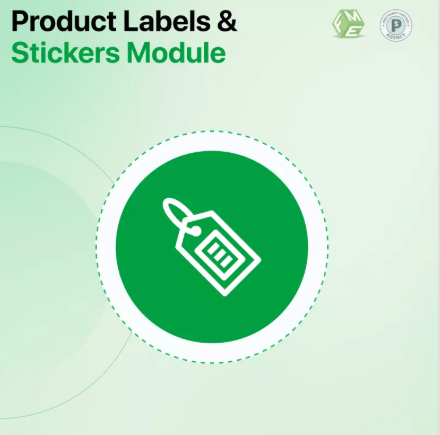In the fast-evolving e-commerce world, organization plays a key role in how customers interact with online stores. Product labels, though often overlooked, contribute significantly to better shopping experiences and optimized store management.
In today’s mobile-first era, websites are no longer designed just for desktop use. Consumers browse, compare, and shop more on mobile than ever before. That’s why responsive design and clean structure are not optional—they’re essential.
PrestaShop labels help store owners manage and categorize their products intuitively, allowing for streamlined sorting, browsing, and filtering.
These labels serve both back-end administrative ease and front-end user clarity. When used strategically, they make your product pages more engaging and useful for shoppers.
Effective use of product labels allows your PrestaShop store to present relevant information in a compact and visually appealing format—especially useful on mobile devices with limited screen space.
In a mobile-first world, such details matter. Responsive design ensures that your site adapts to every screen, but it’s content clarity—like helpful product tags—that keeps users engaged.
Today’s consumers expect fast navigation, instant recognition, and simplified choices. By optimizing your use of product labels, you make your store more responsive to user expectations.
Visual indicators like “New”, “Sale”, or “Limited Stock” not only draw attention but also improve decision-making speed, which is especially vital for mobile users on the go.
For PrestaShop users, built-in tools and modules allow for flexible label management. You can apply labels dynamically based on product attributes, categories, or custom rules.
Keeping your labels organized and consistent across product types helps both the user and the store admin. This improves operational efficiency and ensures a smoother shopping experience.
One of the key practices is ensuring label visibility across all devices. Labels should resize and reposition appropriately based on screen width—this aligns directly with mobile-first principles.
Responsiveness isn’t just about theme layouts—it extends to micro elements like product labels, buttons, and hover effects. A mobile user must get the same contextual benefit as a desktop user.
For example, displaying a “Free Shipping” label above the fold on mobile screens can help influence purchasing decisions before users scroll down.
To maximize label efficiency, ensure they load quickly with lightweight code. Avoid using heavy scripts or high-resolution images just to render labels—performance matters.
Tools like Google PageSpeed Insights can help identify performance issues, including label-related delays. Always test your site on both mobile and desktop before deploying updates.
With responsive design being the norm, your labeling system should work seamlessly on Android, iOS, tablets, and desktops alike. Fluid grids and flexible elements make this possible.
From an SEO standpoint, well-structured labels can also impact product discoverability. Clean, relevant tags improve contextual cues for search engines.
Prestashop product labels, when used with semantic HTML and proper hierarchy, can also be indexed more effectively. This contributes positively to your mobile SEO efforts.
Remember, search engines now prioritize mobile usability. With mobile-first indexing, your mobile site becomes the primary version Google uses to rank content.
Labels that are easily visible, fast-loading, and semantically meaningful give your mobile pages a competitive edge.
Additionally, label management ties into how URLs are structured. Clean URLs reflecting product types and categories allow for easier crawling and better user experience.
Just like friendly URLs benefit navigation, organized labels help users find what they want faster—a key principle in mobile UX.
Structured data and schema markup can enhance label-related content. For example, a product marked as “Sale” can be picked up as a rich result in mobile SERPs.
Responsive e-commerce isn’t just about theme flexibility; it’s also about enhancing micro-interactions like browsing via tags and labels.
When users quickly identify the value of a product through its label, they’re more likely to convert. This boosts engagement metrics, which can positively influence your mobile SEO.
Always ensure that labels are meaningful and updated in real-time. Outdated or irrelevant labels confuse users and damage trust.
Using automation tools within PrestaShop, labels can be managed dynamically. For instance, you can auto-assign “Low Stock” when inventory drops below a set threshold.
Mobile-first design demands that all page elements, including labels, should be immediately recognizable and actionable.
Therefore, keep label text concise. Use short, bold terms like “Hot”, “Best Seller”, or “Eco-Friendly”. This enhances readability on small screens.
In conclusion, strategic label management is not just a backend function—it’s an integral part of responsive design that supports user experience and SEO.


 :
: